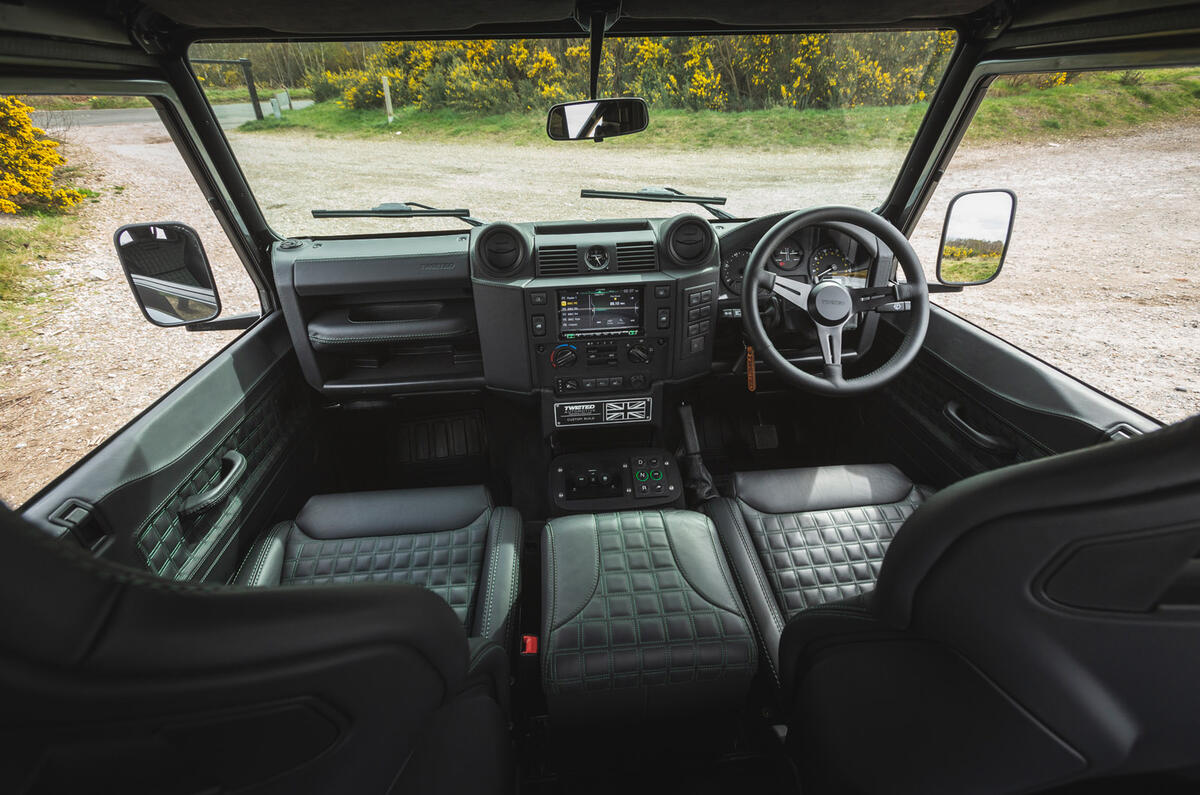It’s been an eventful time for Yorkshire-based Land Rover Defender modifier Twisted Automotive. When last we checked in on them, in 2018, they’d not long launched their first Chevy-powered Twisted V8 model. They have since been sued by Land Rover - twice - over trademark infringement, and won both times. But neither that nor the wider business challenges of the past few years has held up the firm’s expansion much.
There are now Twisted-modified Defenders being sold under licence in the UAE and the US, and the firm has new UK dealerships in Kensington, west London, and Salcombe, Devon, to go with its headquarters in Thirsk. Of the 240 last-off-the-line Defender Commercials that Twisted founder Charles Fawcett bought up back in 2016 (and if LR had a problem with his business model, which was already well established by that time, you might wonder why it sold them to him), apparently only 40 ‘new’ chassis remain as a departure point for anyone who comes through the door without a Land Rover to use as a donor car for a restomod build.
And the firm’s latest introduction is likely to bring a whole new kind of buyer through the door. That’s because, as an alternative to one of the company’s top-level Chevy V8- or Ford 2.3-litre Ecoboost-powered models (or just a birthday upgrade for your hard-working Defender diesel), you can now have a Twisted Defender ‘electromod’. In a vehicle like a Defender, electric power may not be an instinctive fit and the Twisted management realises that only a minority of its customers, for now at least, will want one. Even so, it says a fifth of all new business enquiries that it’s currently getting are about an electric vehicle, and that’s clearly not a sign it can afford to ignore.















































